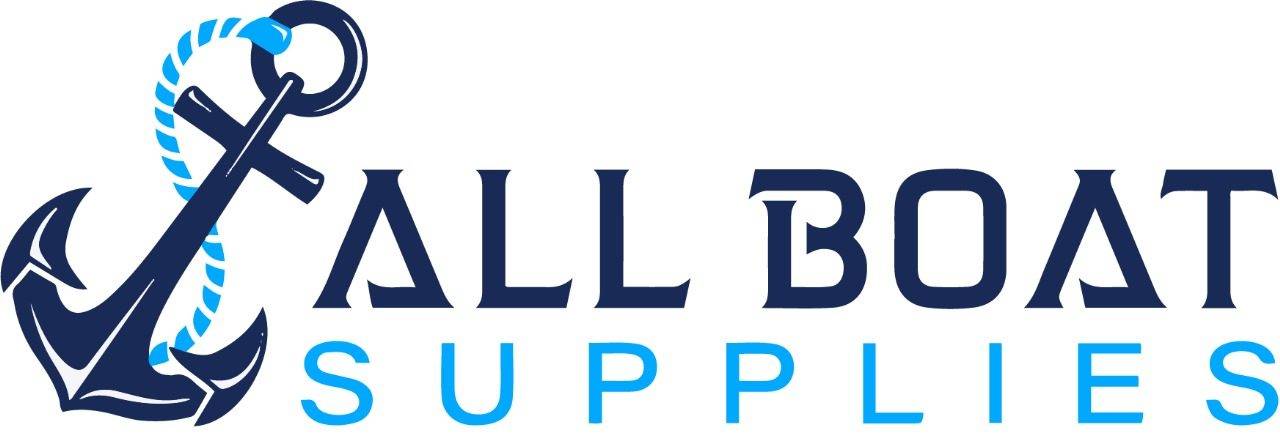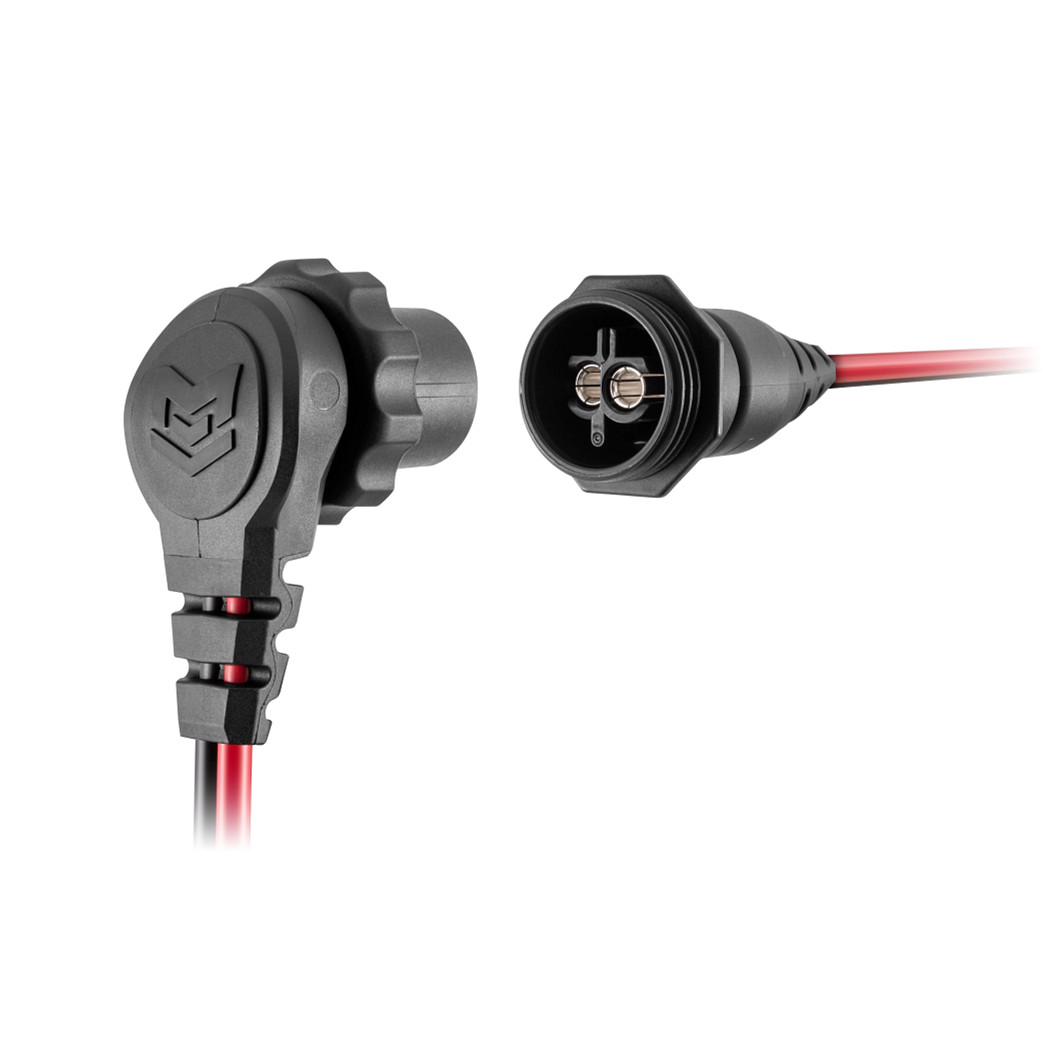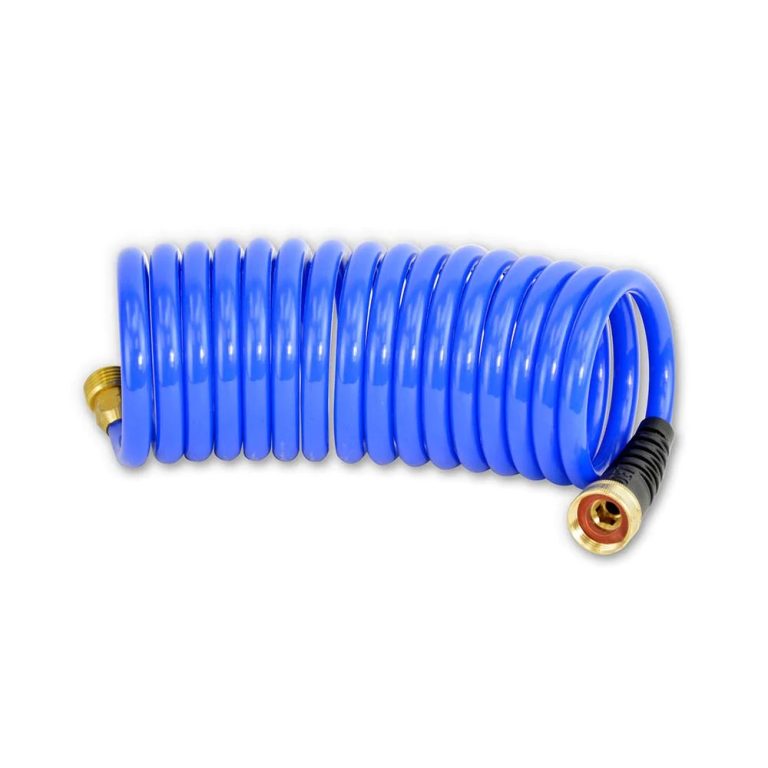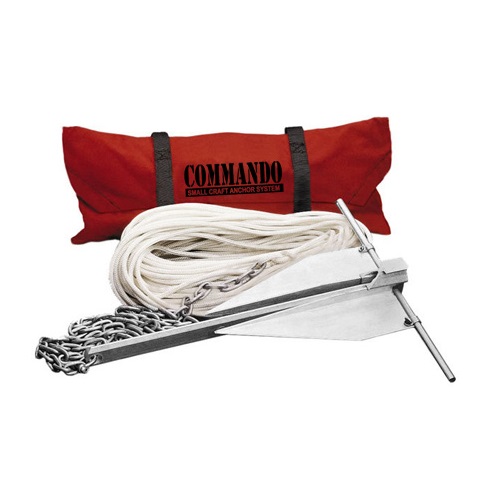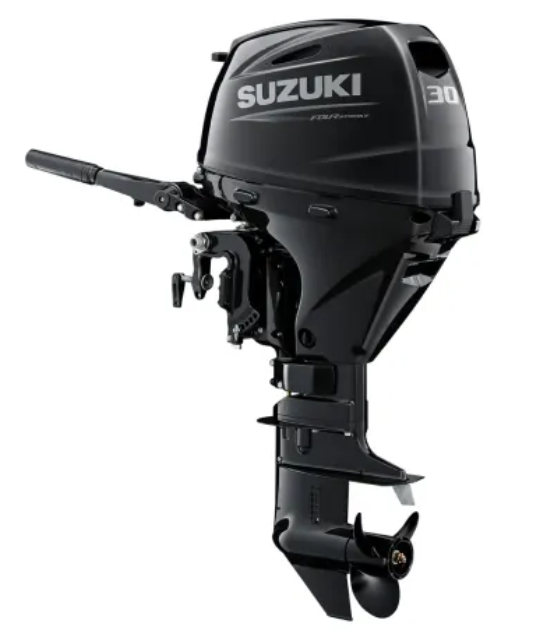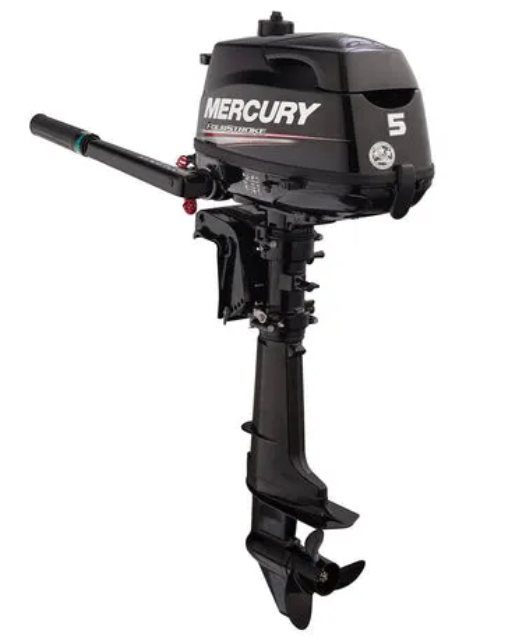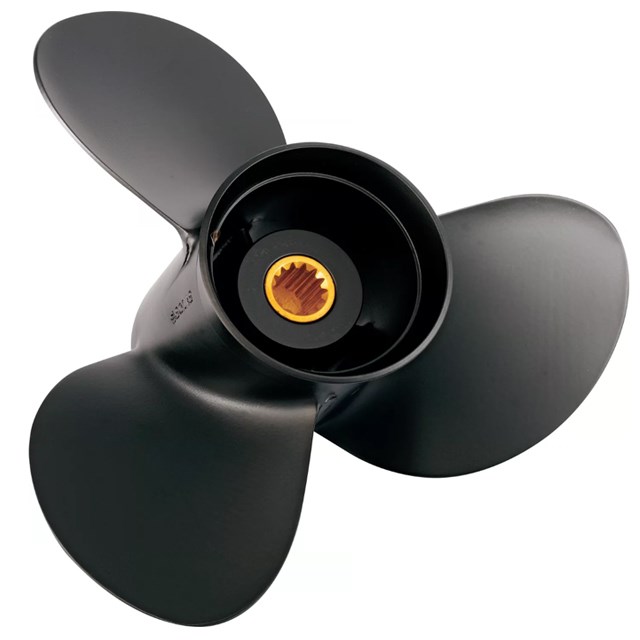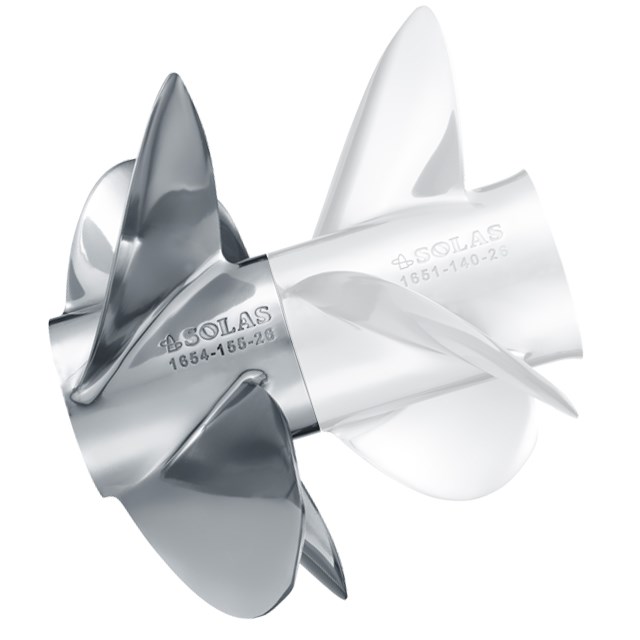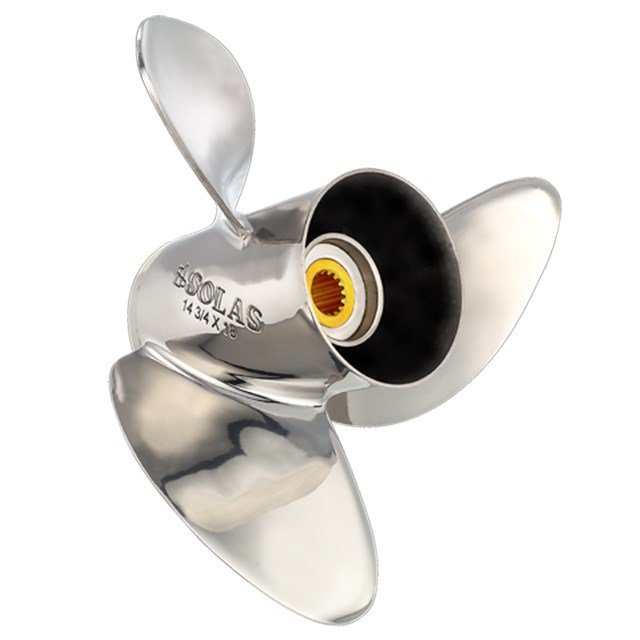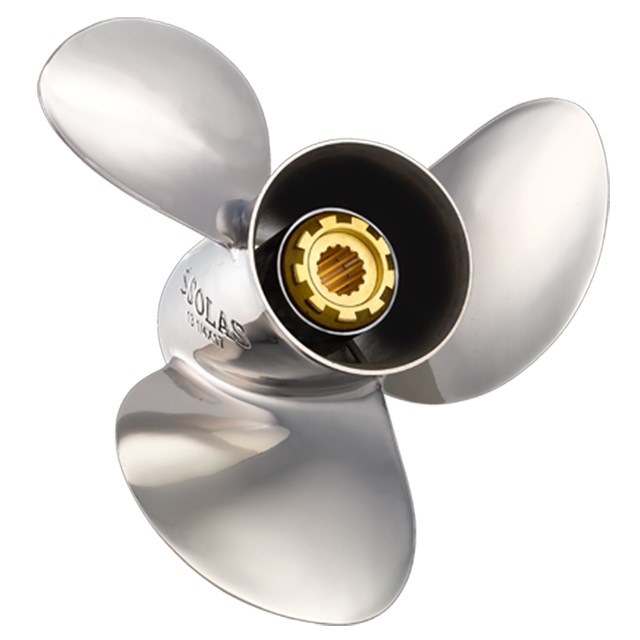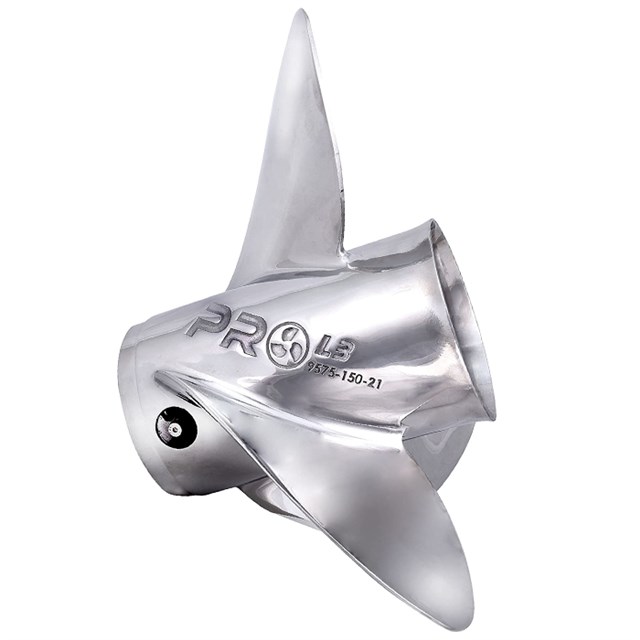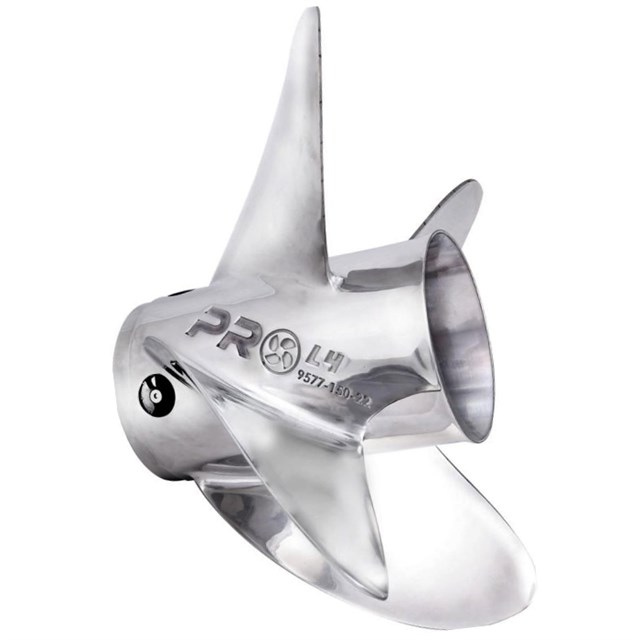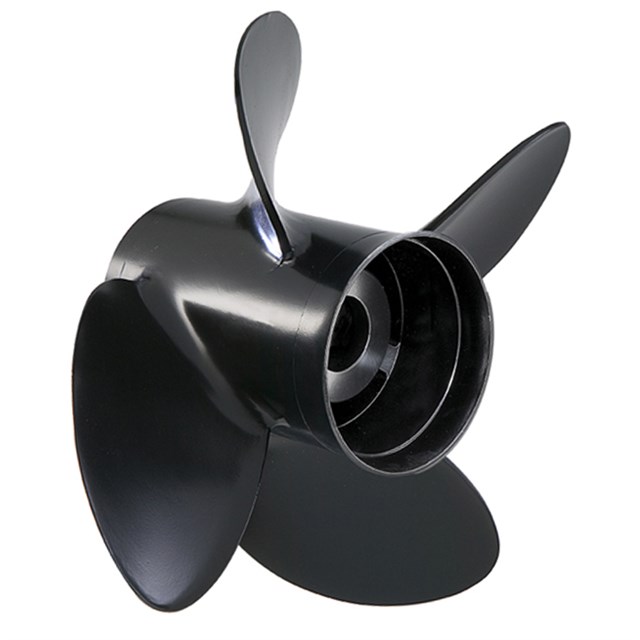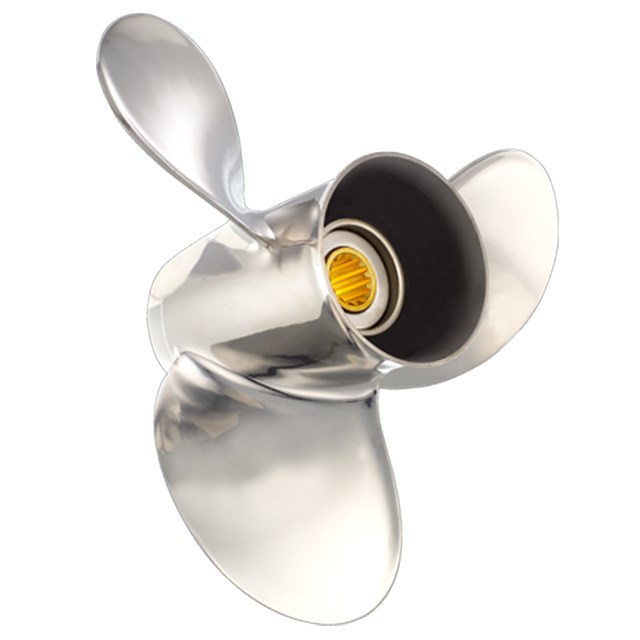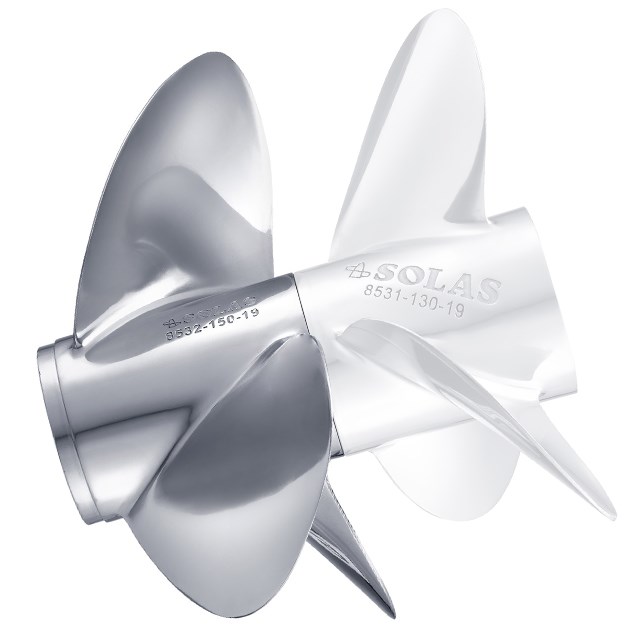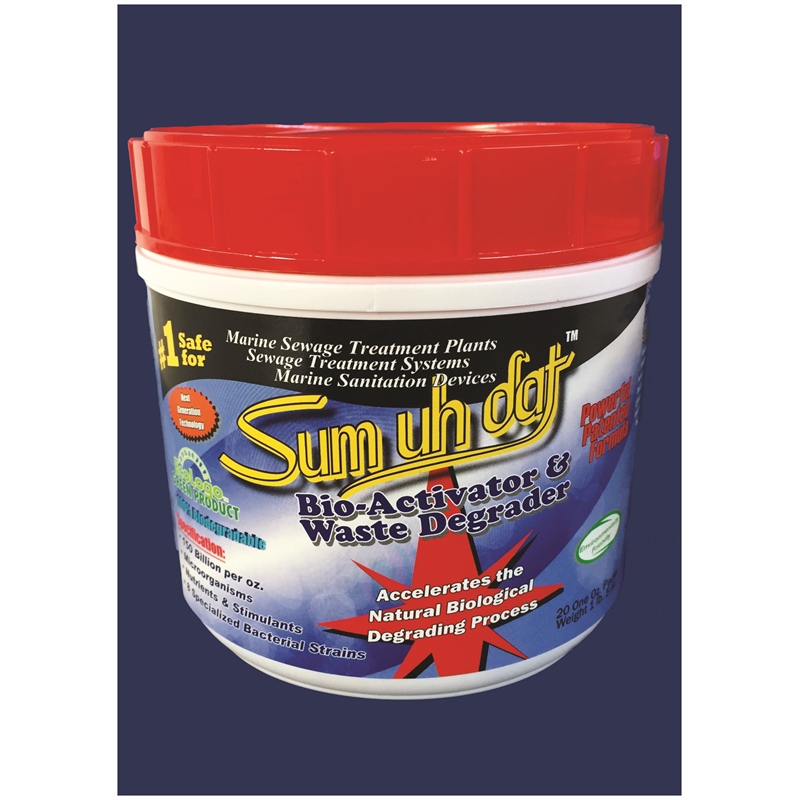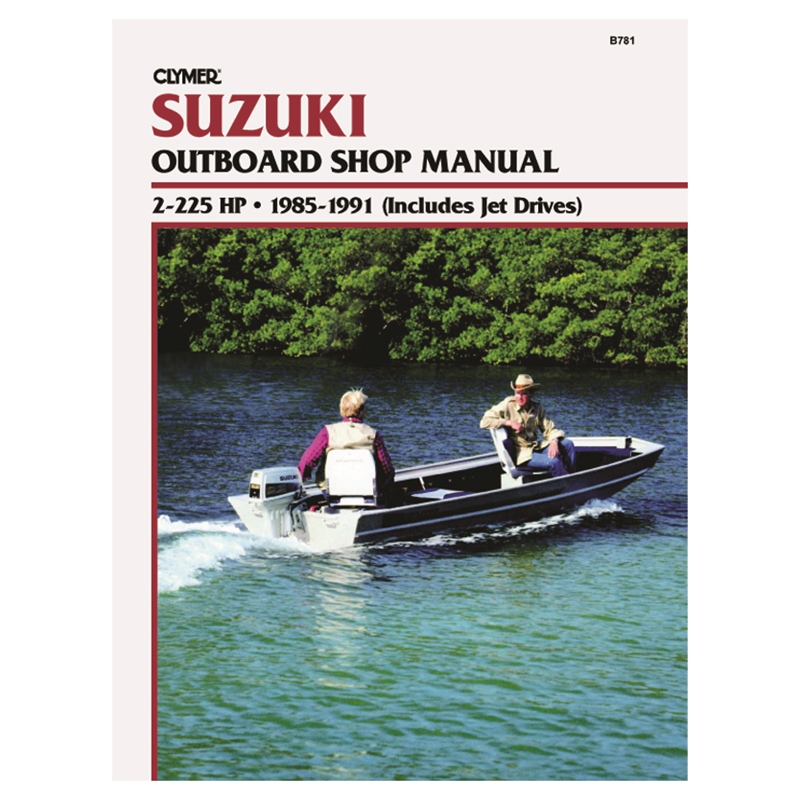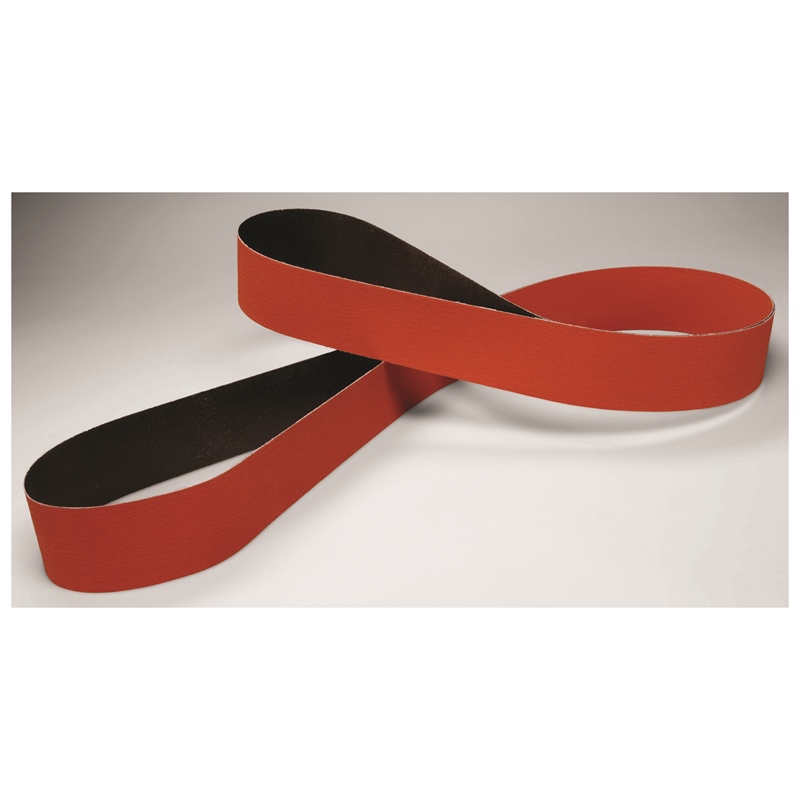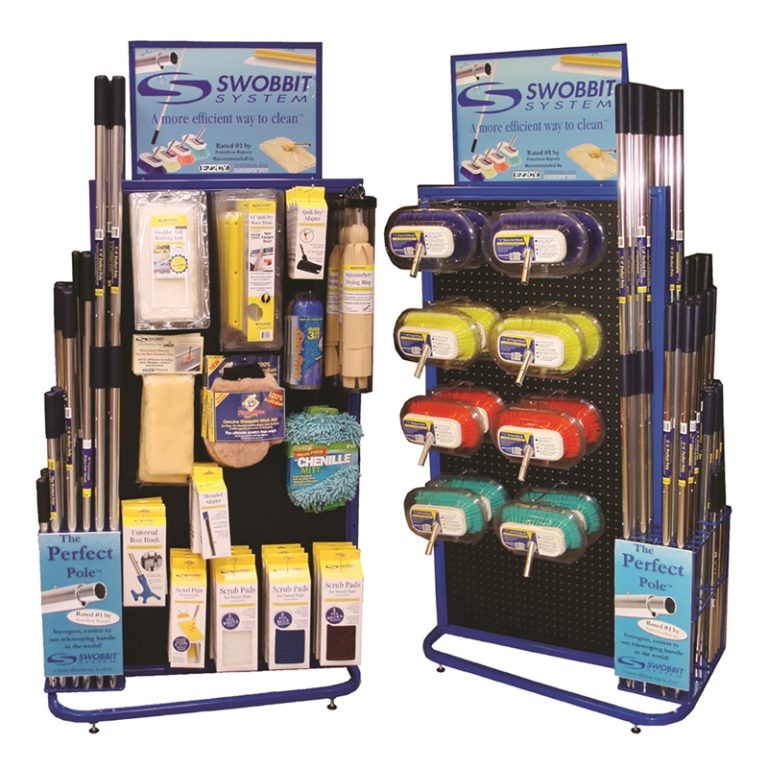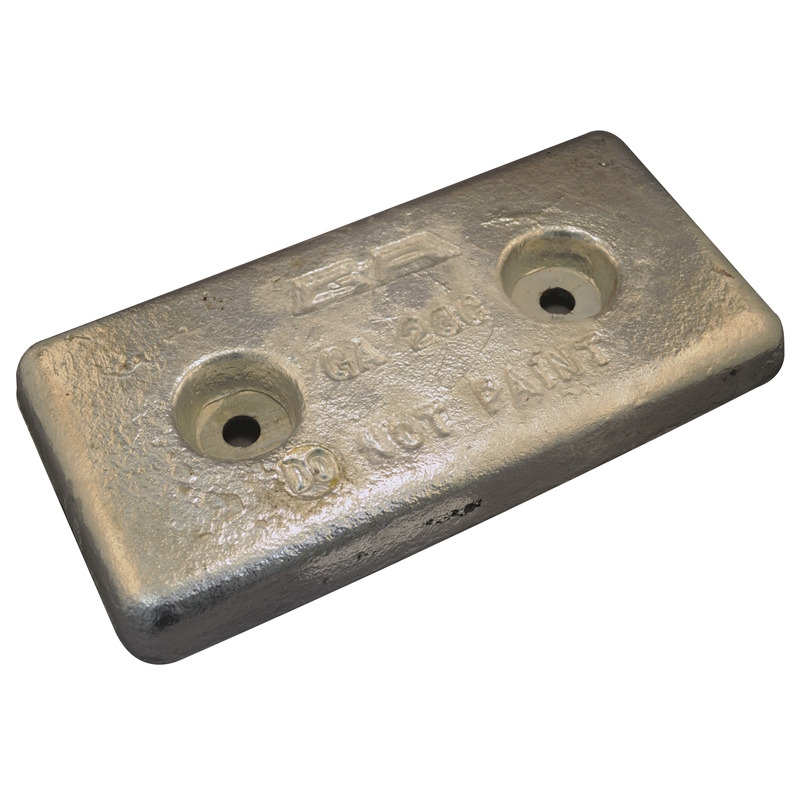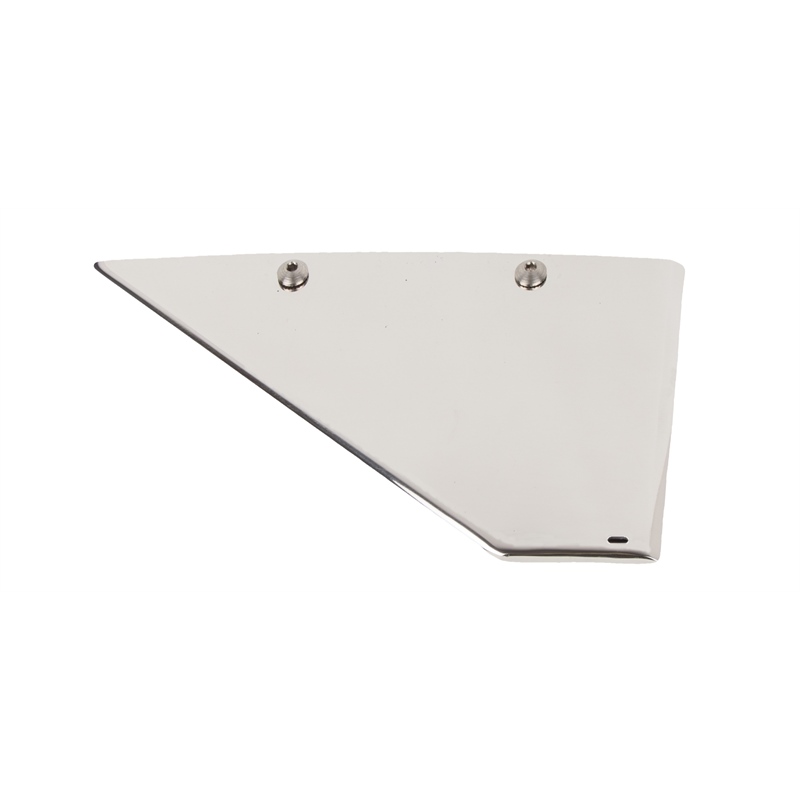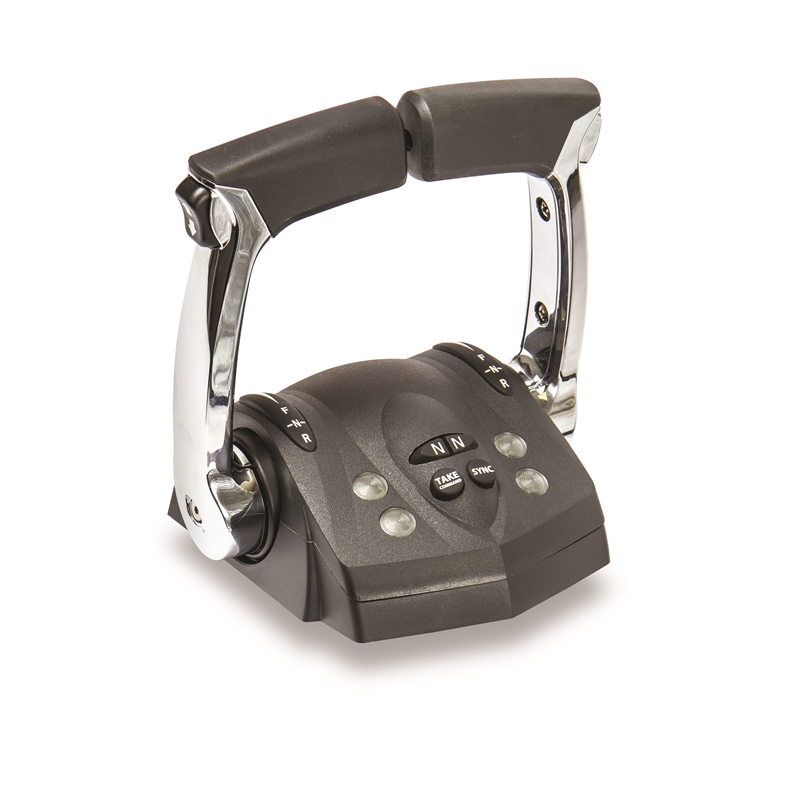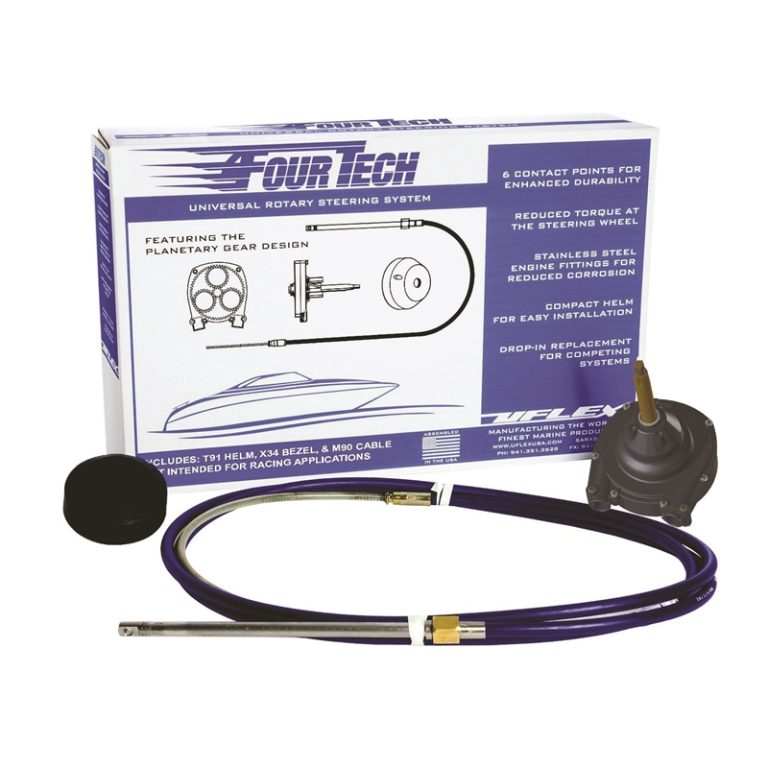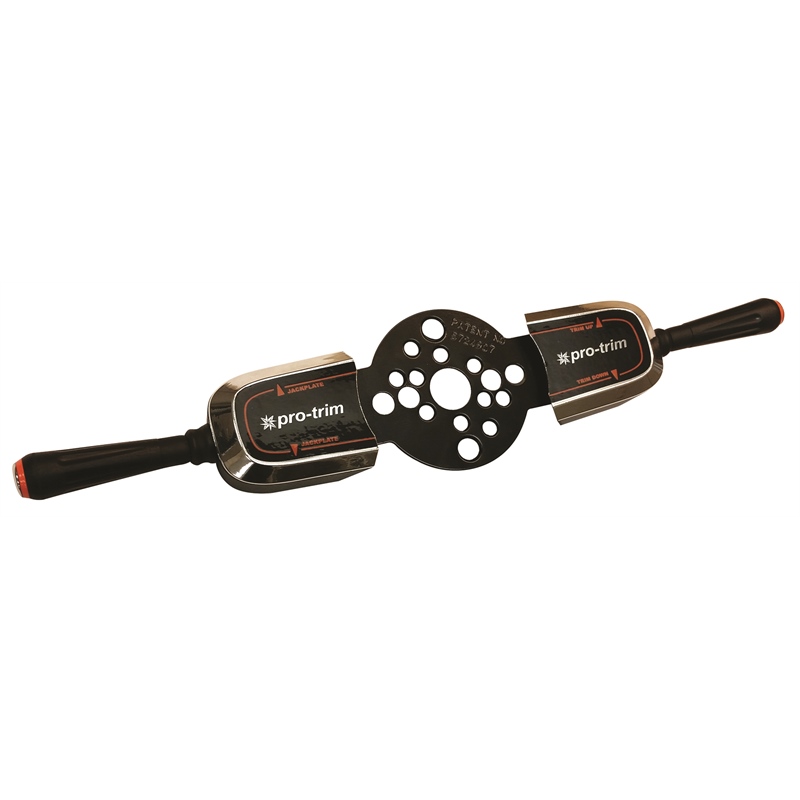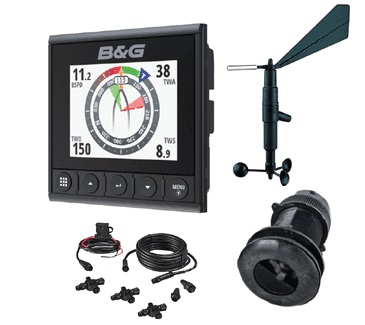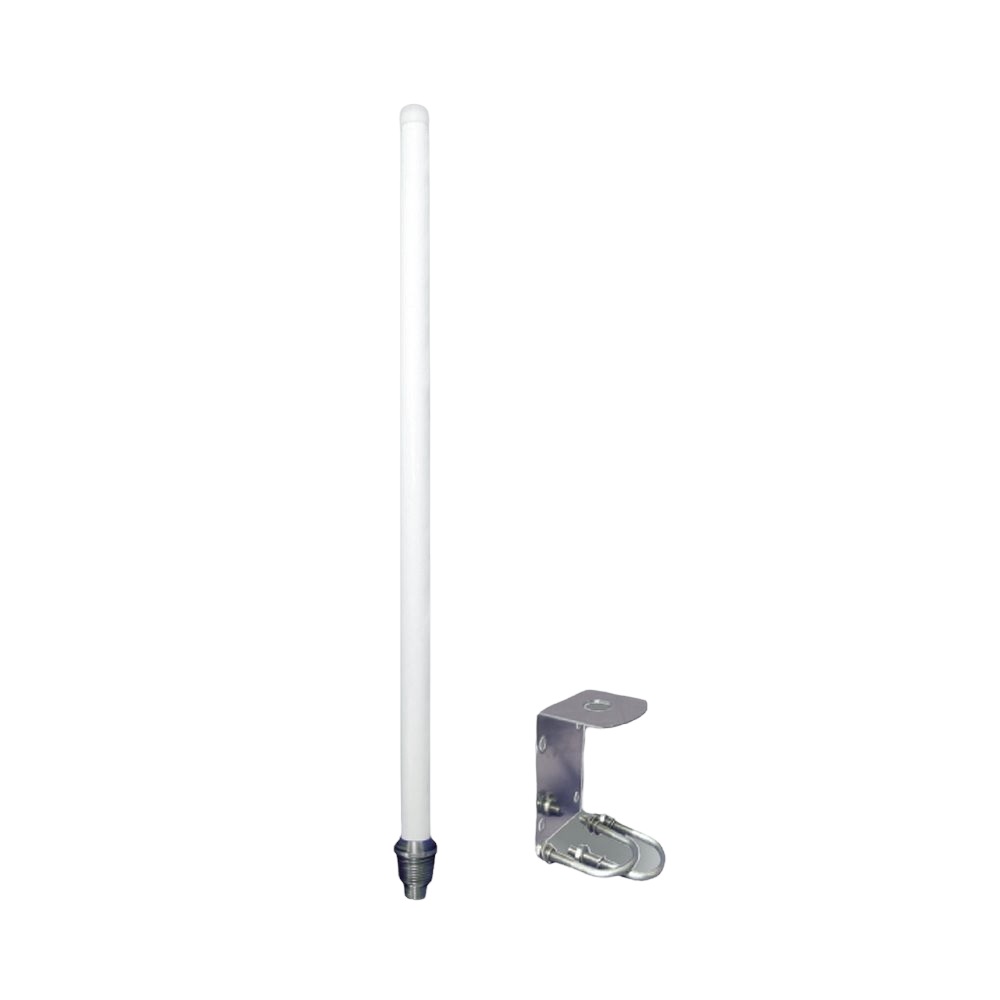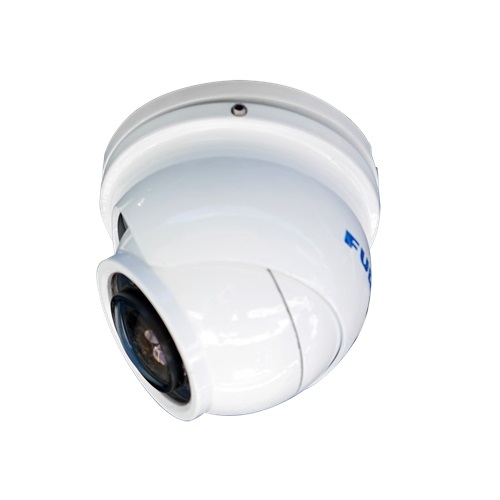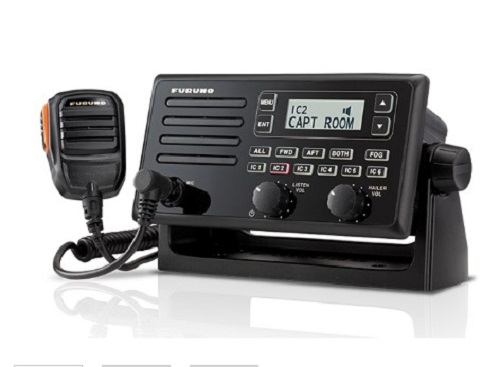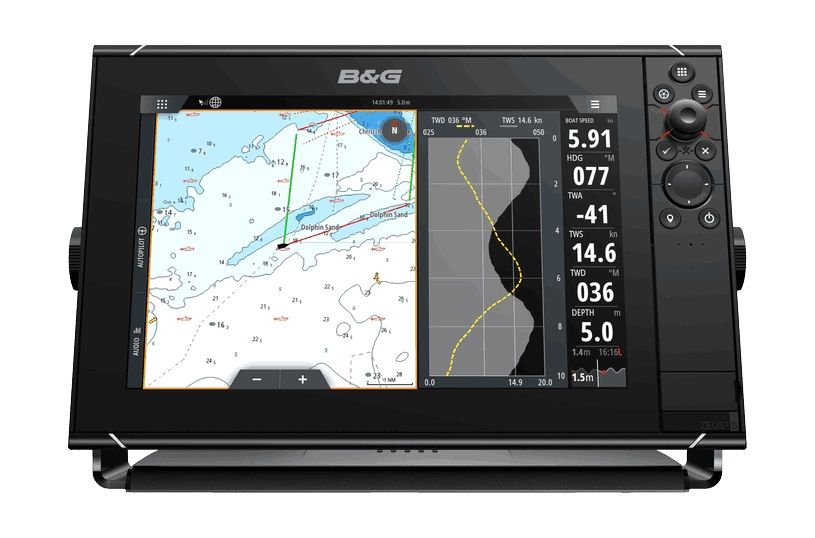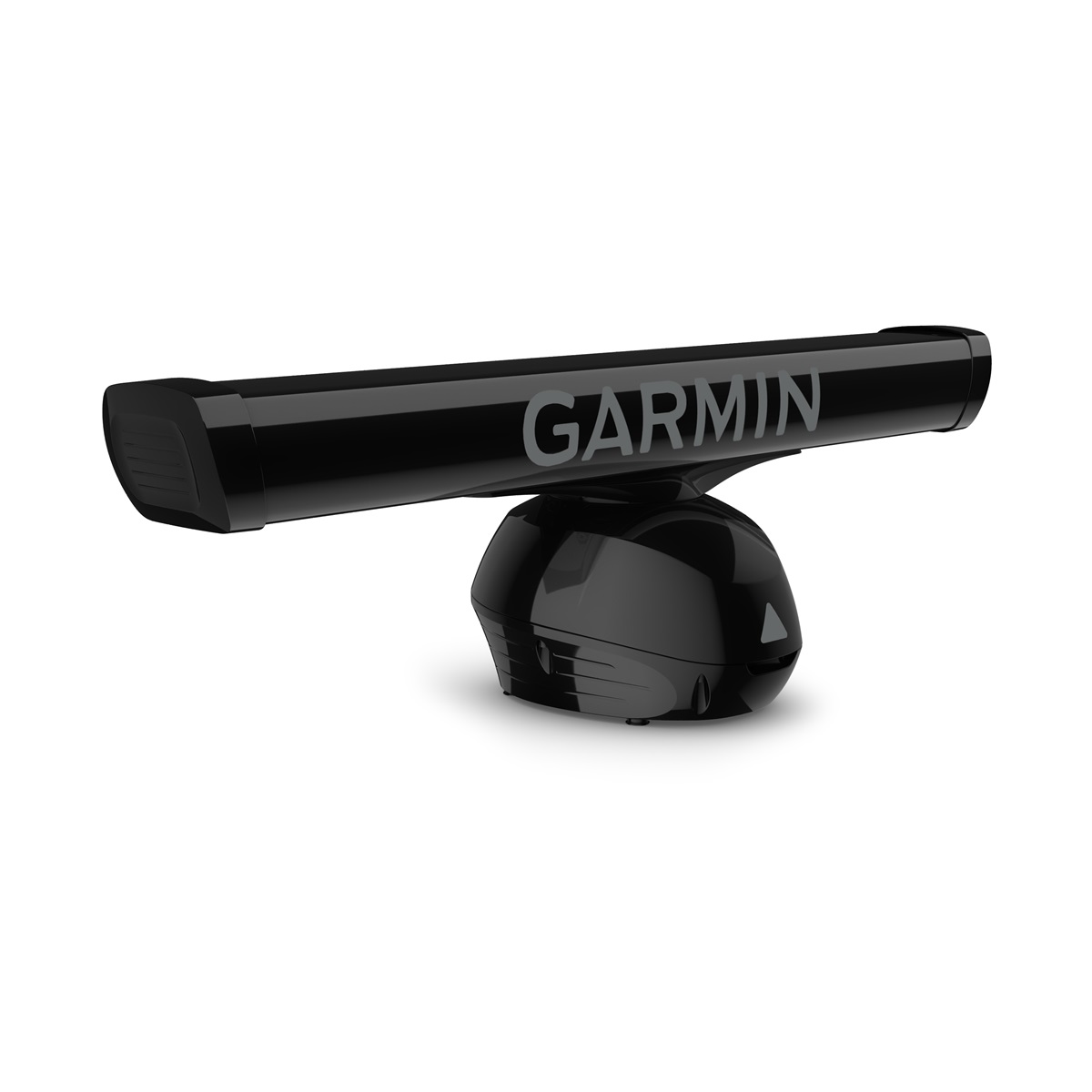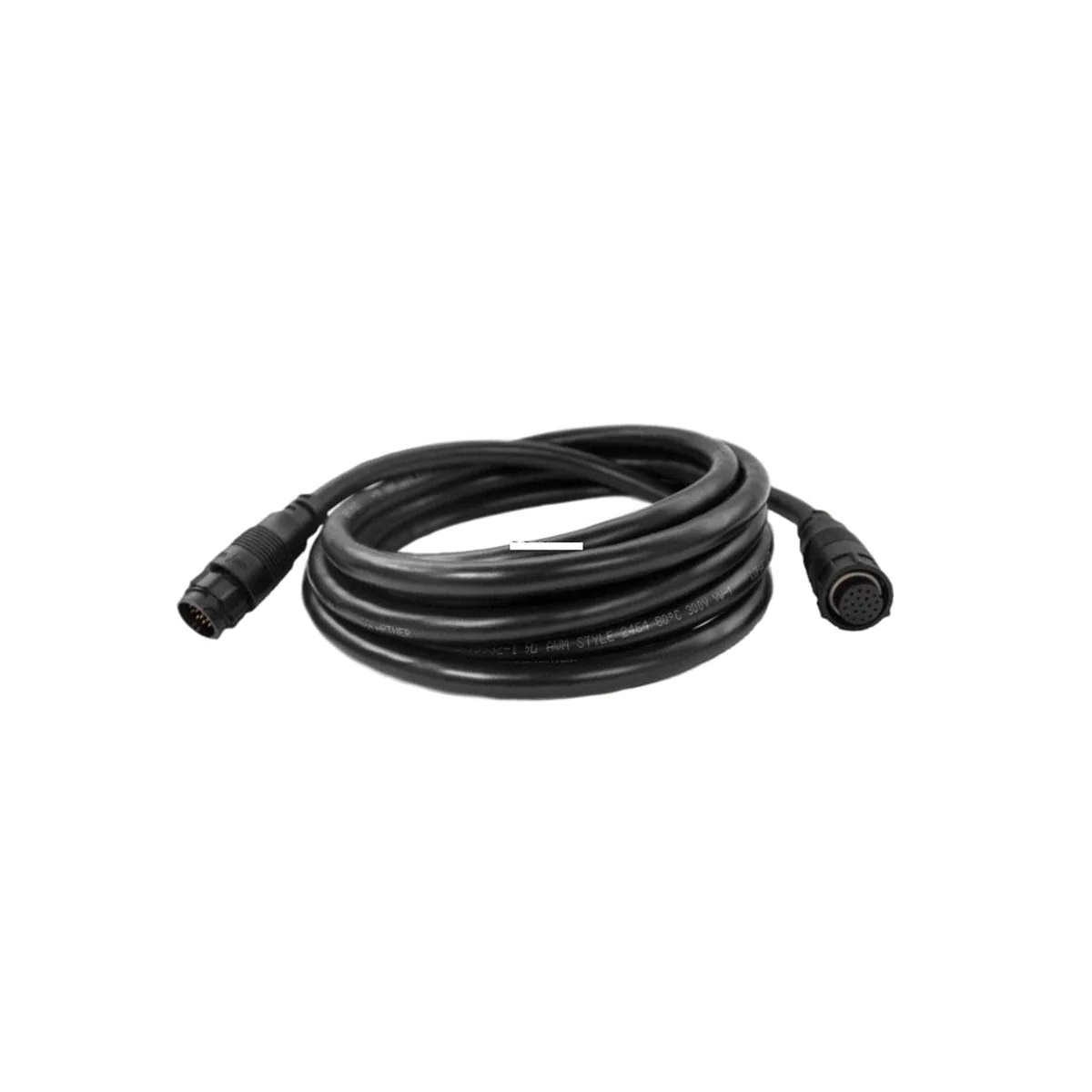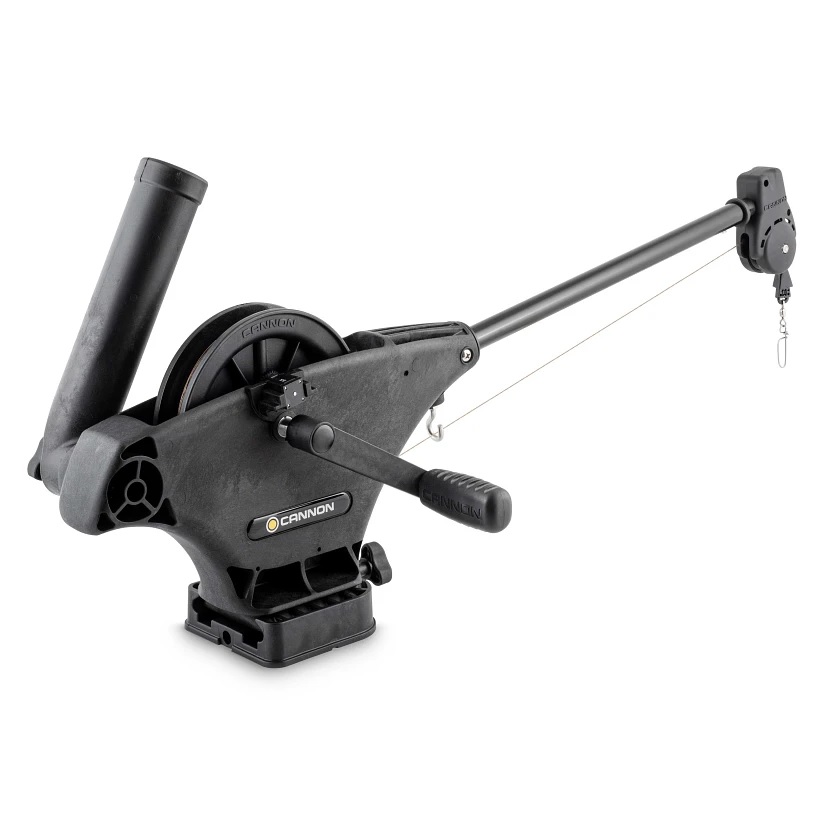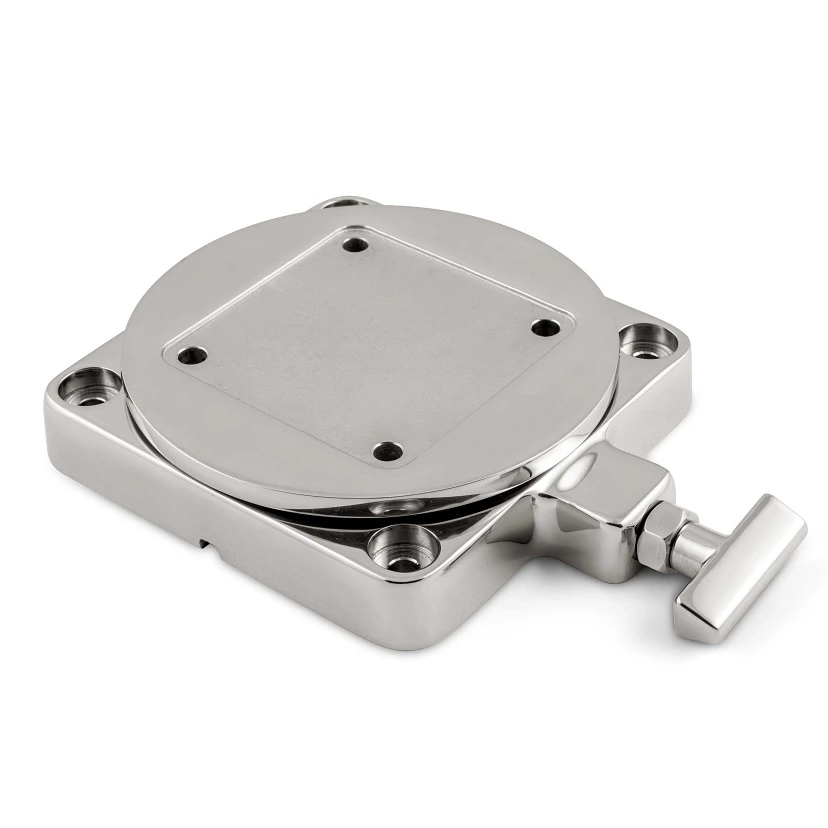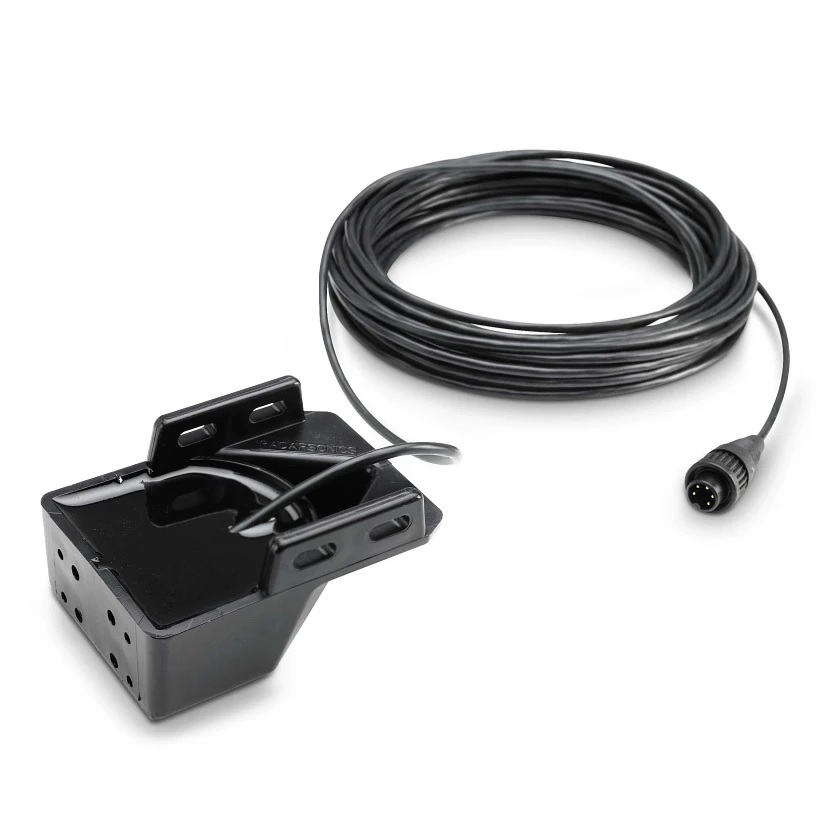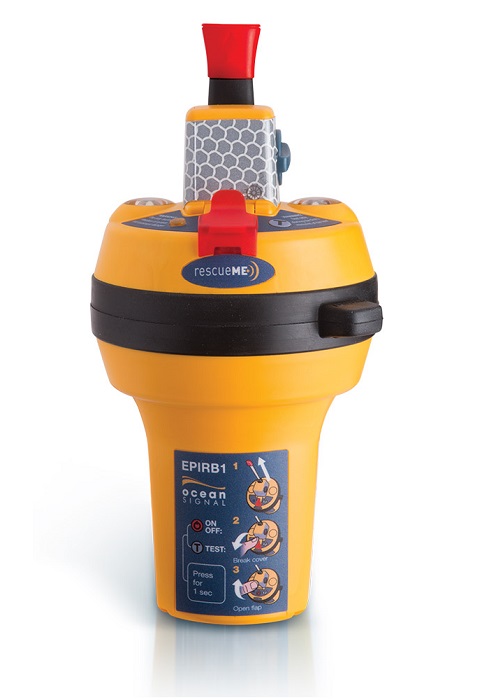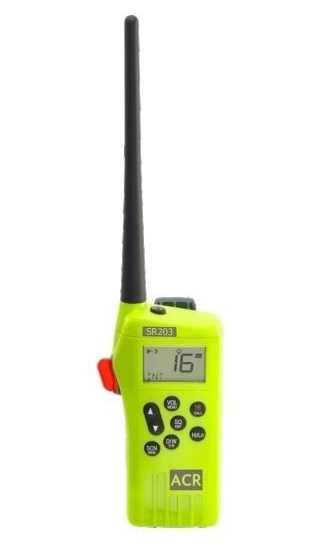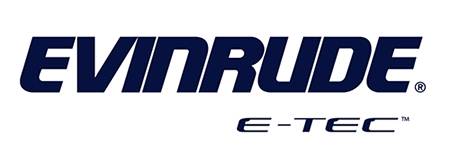How a Boat’s Main Lower Unit Works

The lower unit, often called the “gearcase” or “outdrive,” is the heart of any outboard or stern-drive motor. It’s the component that transfers power from the engine to the propeller, propelling your boat forward or in reverse. Understanding the parts of the lower unit and how they work together can help boat owners make informed maintenance decisions, improve performance, and ensure longevity.

What is the Lower Unit?
The lower unit is the submerged portion of the outboard or stern-drive engine that houses the essential components responsible for turning engine power into thrust. It operates through a combination of shafts, gears, and bearings that transfer the engine’s rotation to the propeller. This part of the motor is continually exposed to water, so it’s critical for it to be well-maintained and protected from corrosion.
Key Components of the Lower Unit and How They Work
Each component in the lower unit has a vital role in the operation of the boat’s propulsion system. Here’s a closer look at each part:
1. Driveshaft
The driveshaft is a long, vertical shaft that runs from the engine’s crankshaft down into the lower unit. It connects the engine’s powerhead (the upper part of the engine where combustion occurs) to the lower unit. The driveshaft rotates at high speeds and delivers this rotational force to the gears in the gearbox.
- How It Works: The driveshaft receives power directly from the engine and spins in sync with it. This motion is then transferred to the gears, allowing them to control the direction and speed of the propeller.
2. Gearbox
The gearbox is the “brain” of the lower unit, converting the driveshaft’s rotational power into forward or reverse motion. Inside, there are two main gears – the forward gear and the reverse gear – as well as a neutral position. The gearbox changes the direction of rotation based on the gear selected by the operator.
- How It Works: When you shift into forward gear, the gearbox engages the forward gear, which rotates the propeller in the direction needed to move the boat forward. In reverse, the gearbox engages the reverse gear, which changes the propeller’s rotation to move the boat backward. Neutral disengages both gears, allowing the engine to idle without spinning the propeller.
3. Clutch Dog
The clutch dog is a small, sliding part located in the gearbox that locks the driveshaft to the forward or reverse gears. It’s essential for shifting and helps with smooth transitions between gears.
- How It Works: When you shift from neutral to forward or reverse, the clutch dog slides along the shaft to engage the appropriate gear, locking it to the driveshaft. This connection allows the selected gear to spin the propeller.
4. Propeller Shaft
The propeller shaft is a horizontal shaft connected to the gears that rotates the propeller. This shaft extends out of the lower unit, and the propeller is mounted directly onto it.
- How It Works: When the gearbox engages a gear, the driveshaft’s motion transfers to the propeller shaft, causing the propeller to spin and create thrust. The direction of rotation determines whether the boat moves forward or backward.
5. Propeller
The propeller, mounted at the end of the propeller shaft, is the part that moves the boat. As it spins, its blades cut through the water, generating thrust. The size, pitch, and blade design of the propeller influence how much thrust it produces.
- How It Works: The rotating propeller blades push water backward, creating forward thrust that moves the boat. When the propeller spins in reverse, it pulls water forward, moving the boat backward.
6. Water Pump and Cooling System
The lower unit includes a water pump, which draws in water to cool the engine. The pump is usually driven by the rotation of the driveshaft, ensuring a continuous flow of water when the engine is running.
- How It Works: The water pump pulls in water from outside through small intakes on the lower unit’s housing. It then circulates this water through the engine block, cooling it down and preventing overheating. The water exits through the exhaust port, taking heat with it.
7. Anti-Ventilation Plate
This flat plate sits just above the propeller to prevent the propeller from drawing in air from the surface, which can cause “ventilation” (loss of propeller thrust due to air mixing with water around the blades).
- How It Works: By shielding the propeller from the surface, the anti-ventilation plate helps maintain consistent water flow, allowing the propeller to operate efficiently and reducing power loss.
8. Skeg
The skeg is a fin-like extension at the bottom of the lower unit. It provides stability to the boat, helping it track straight and protecting the propeller from damage if it strikes an object.
- How It Works: As the boat moves through water, the skeg acts as a stabilizing force, preventing the lower unit from swaying. It also guards the propeller from impact by being the first point of contact with submerged obstacles.
